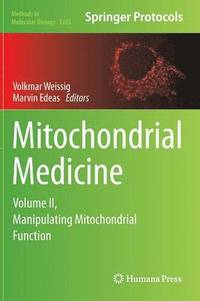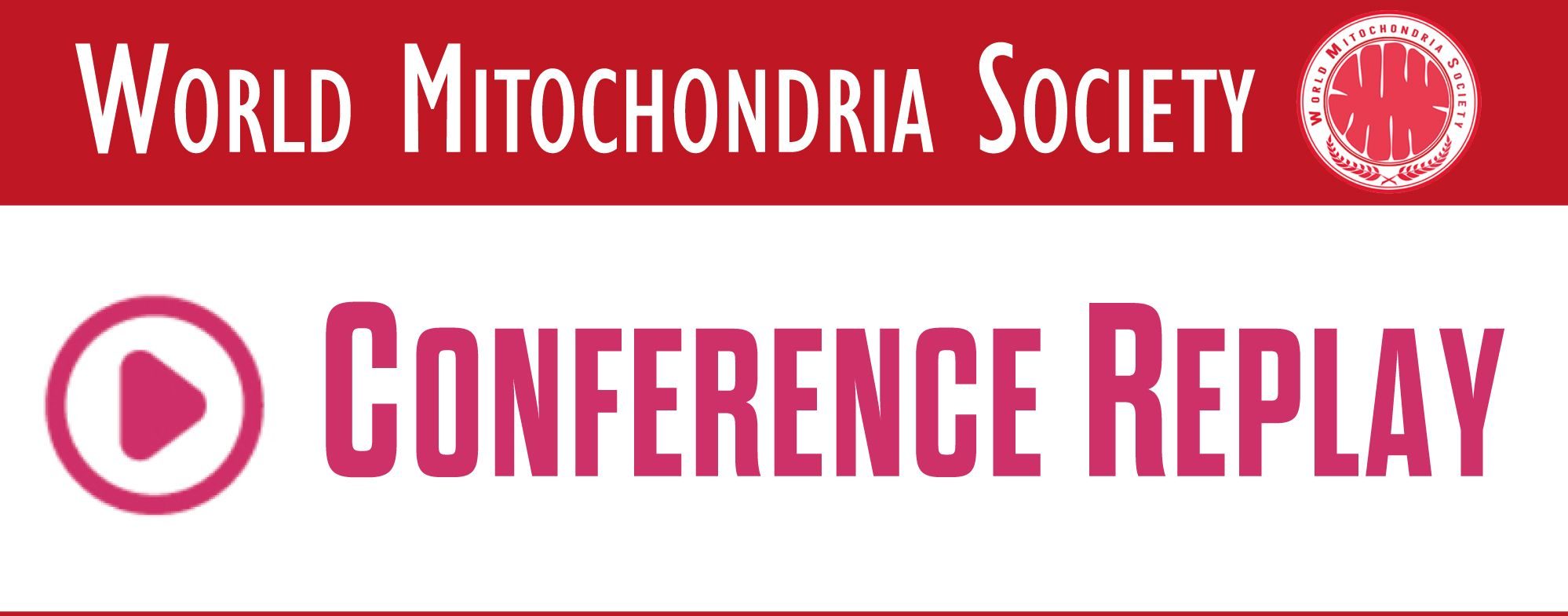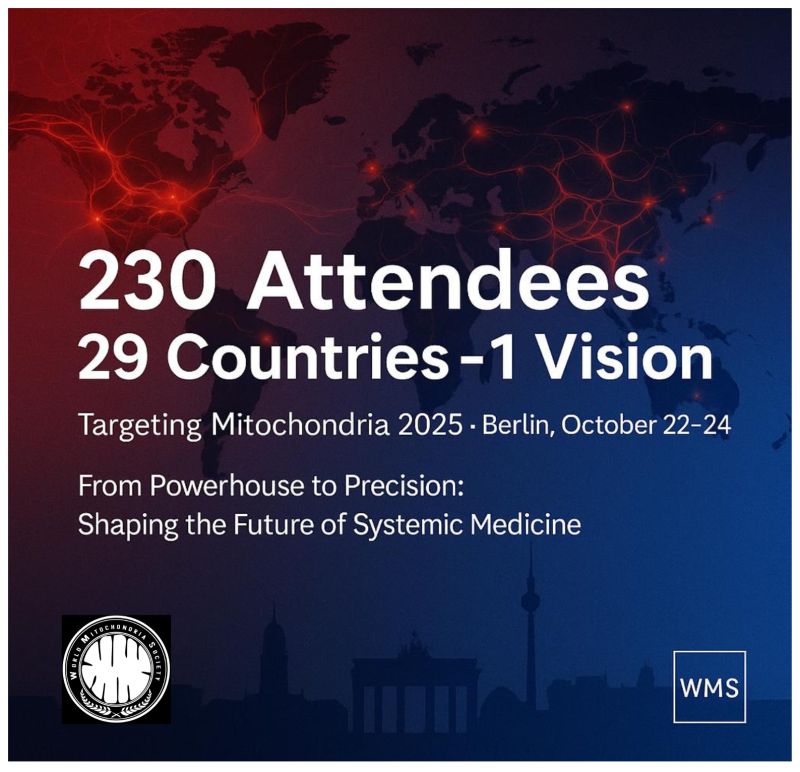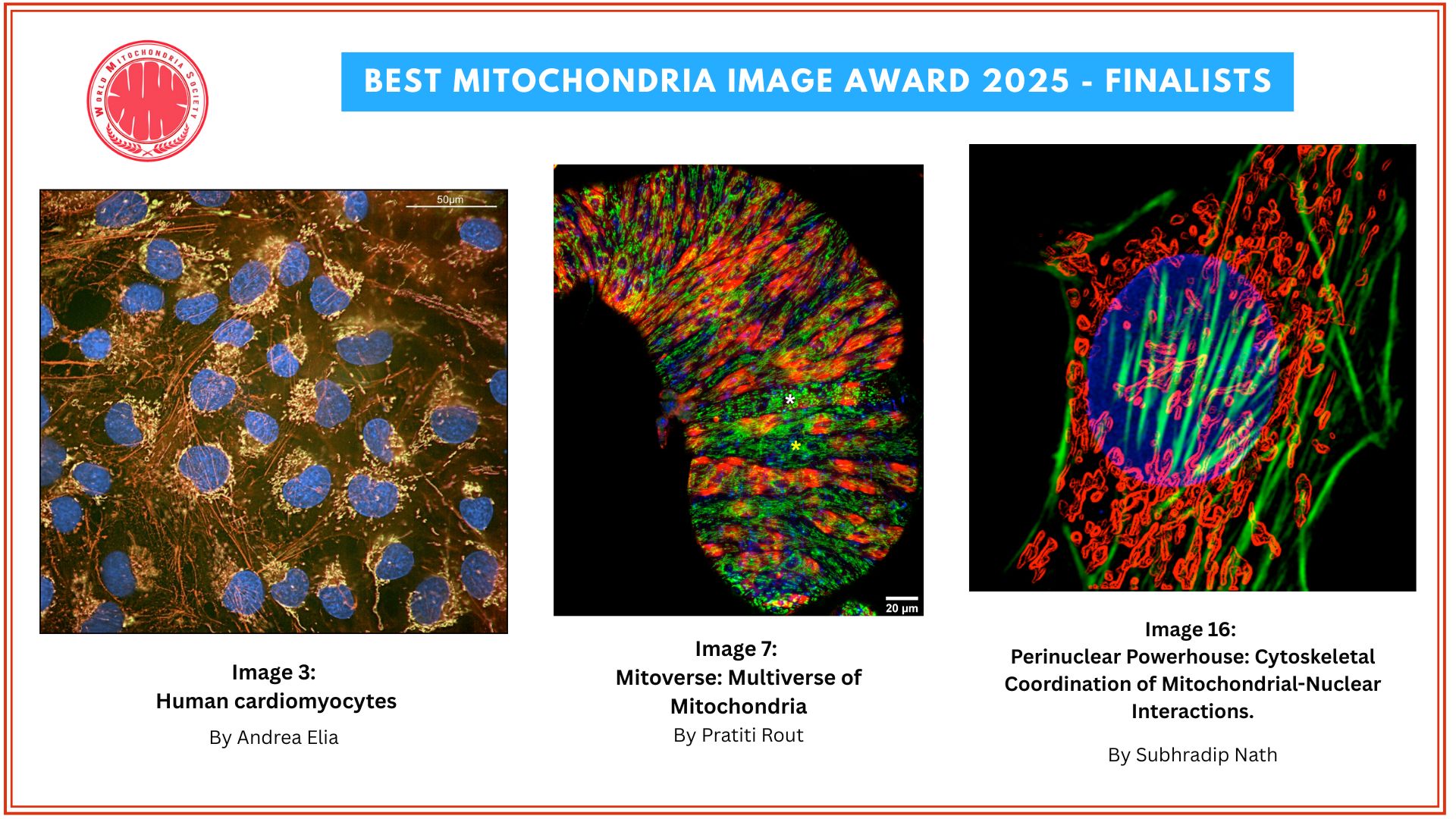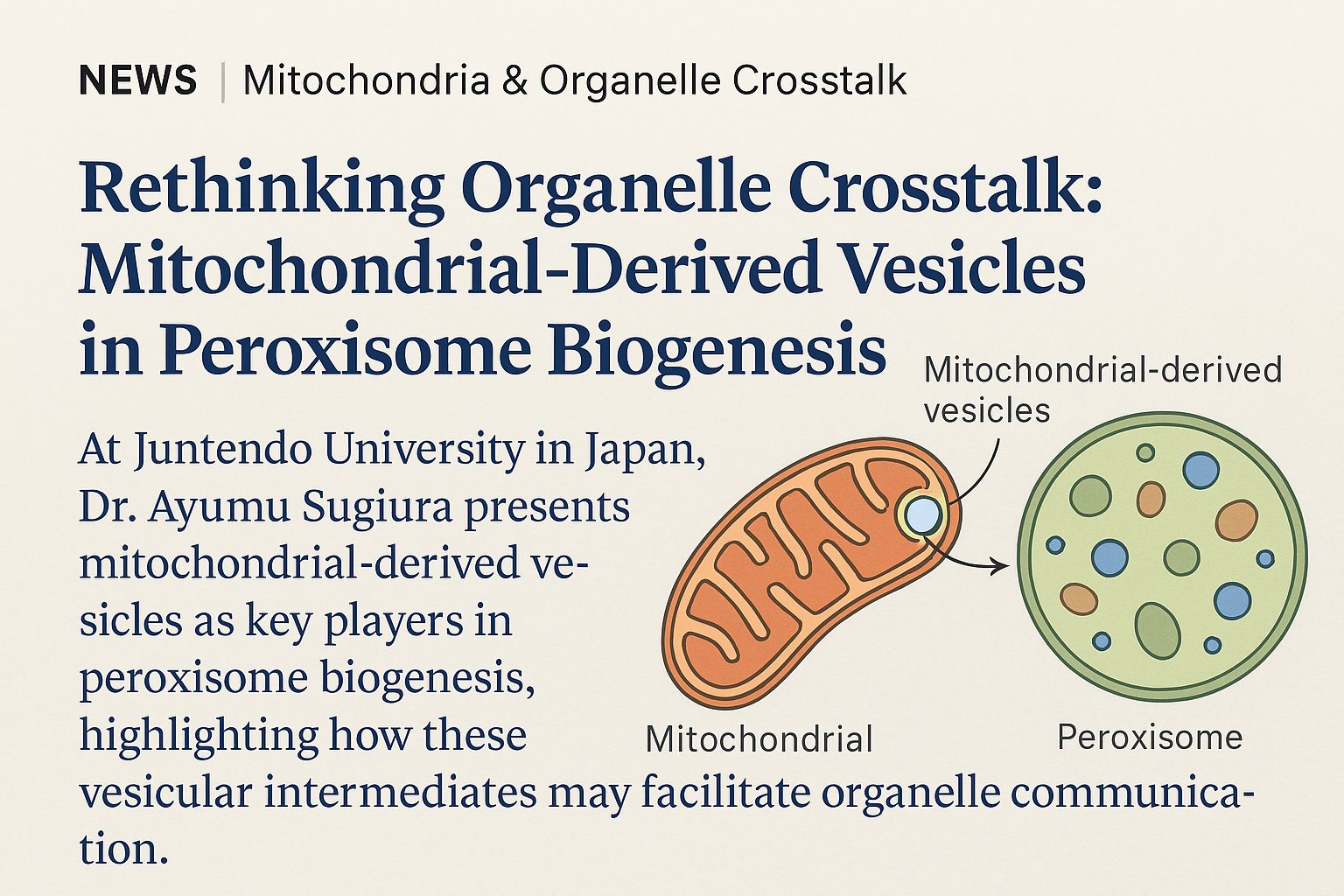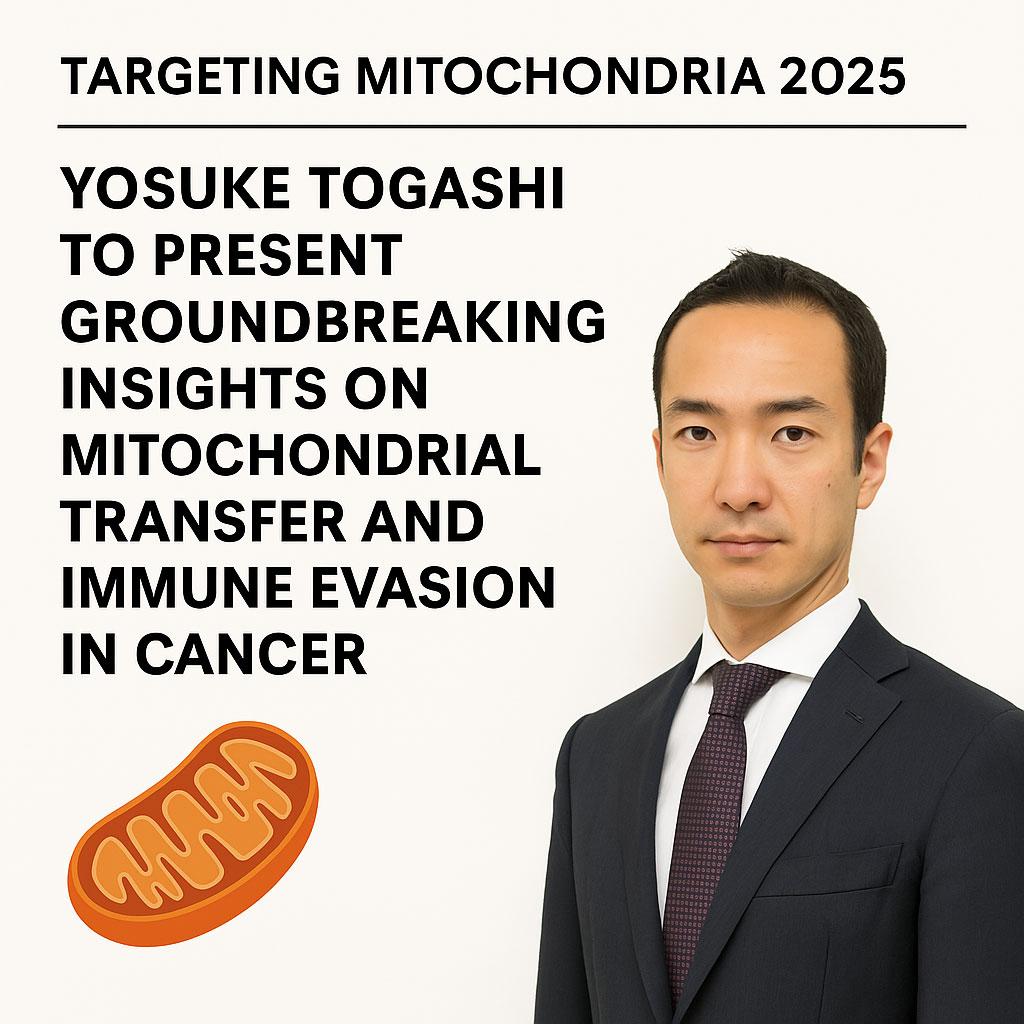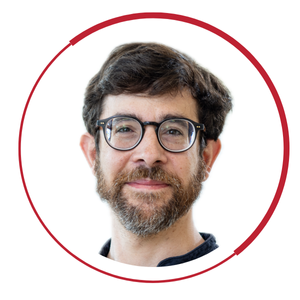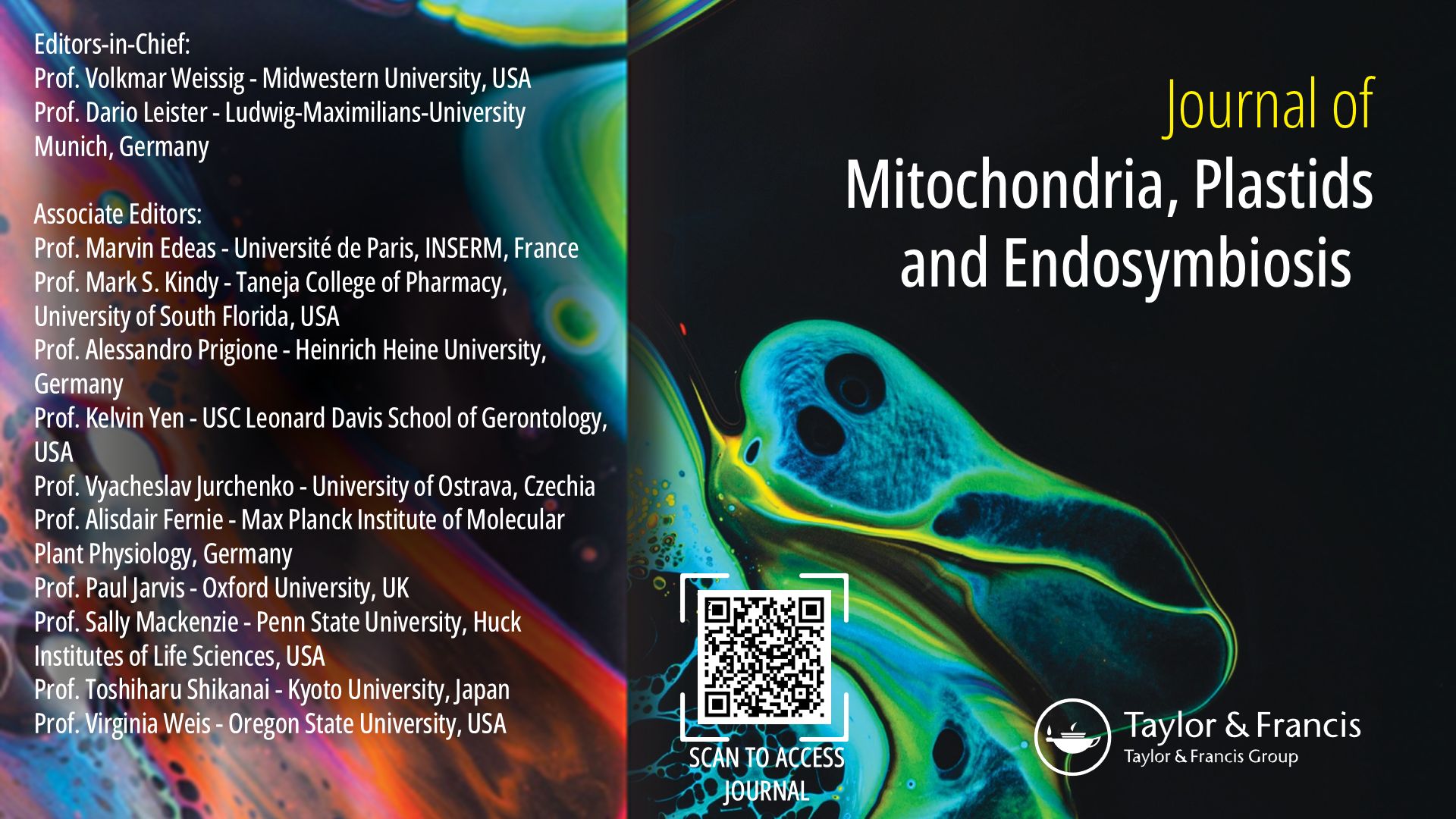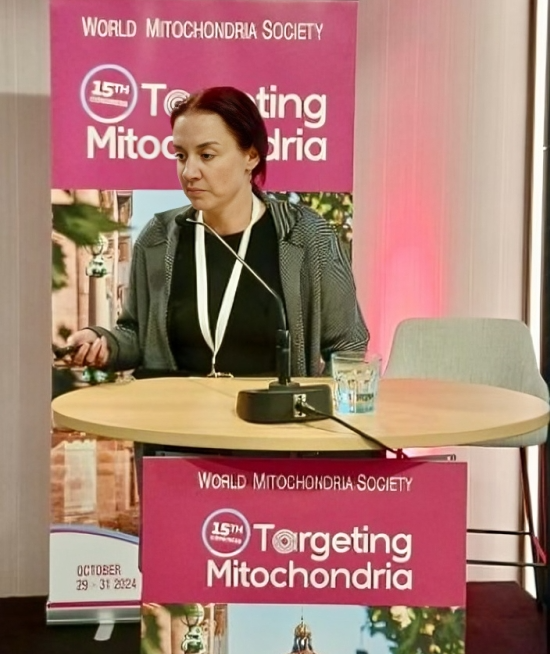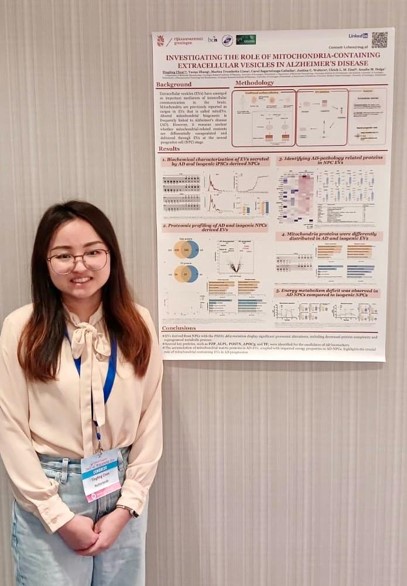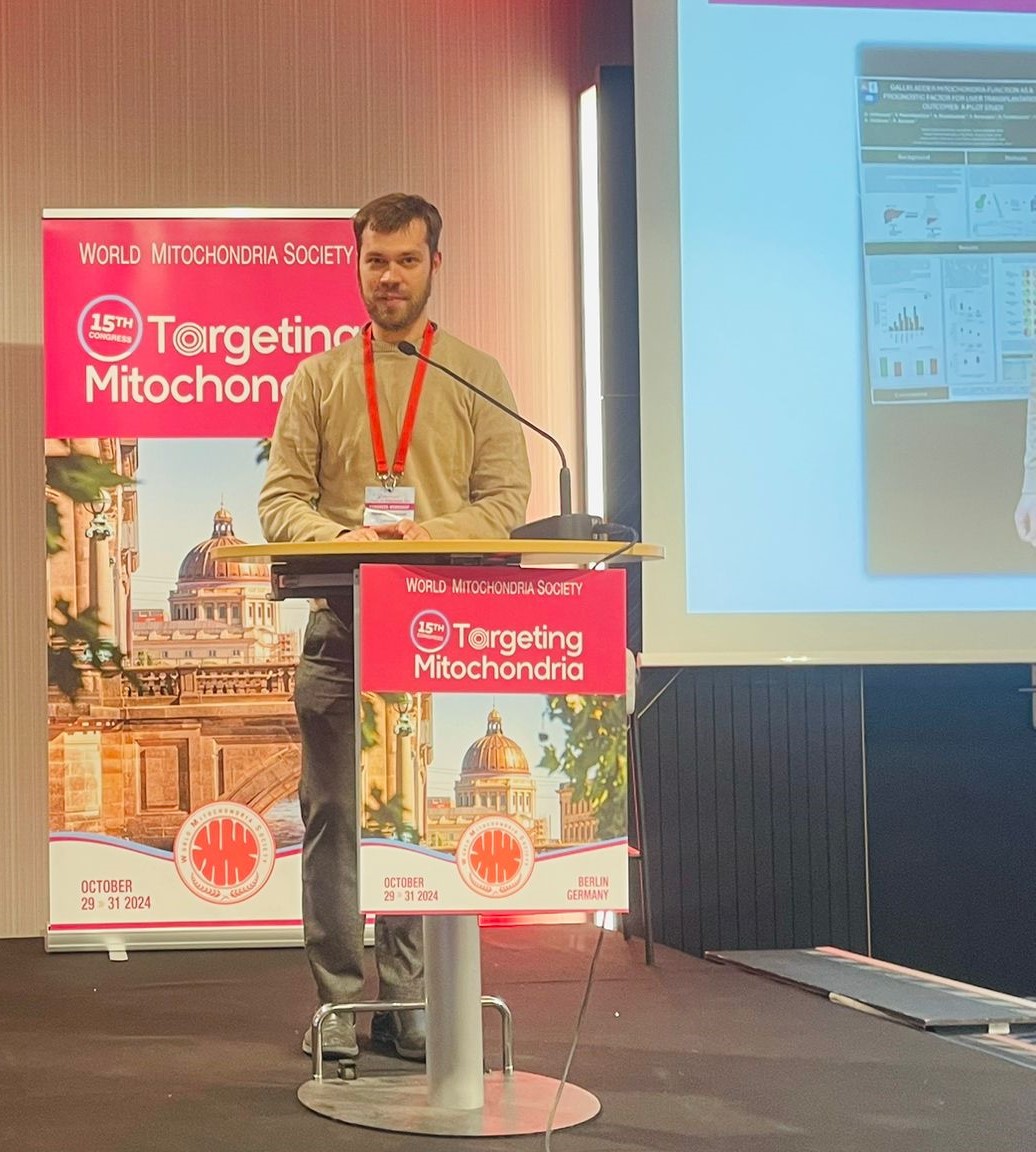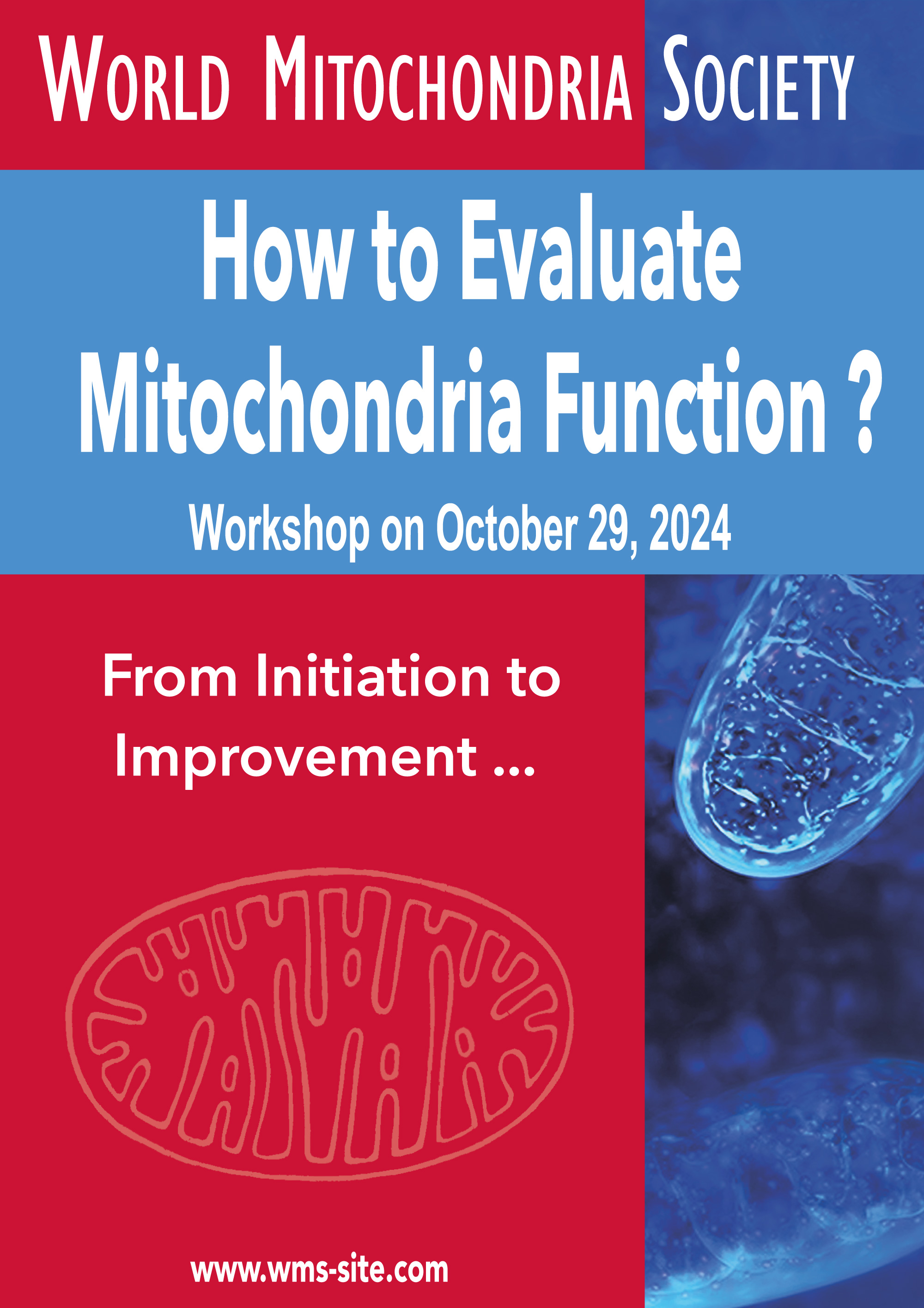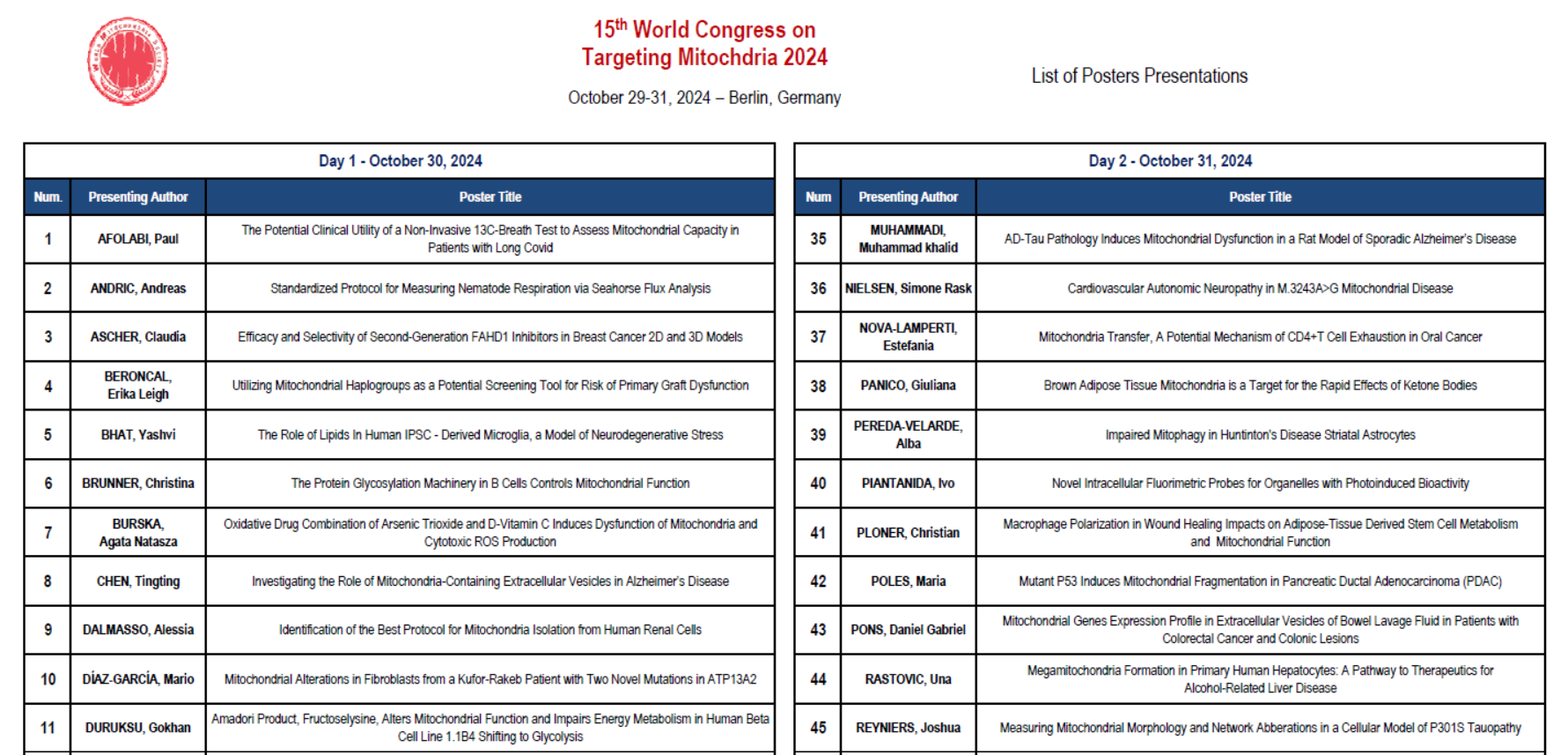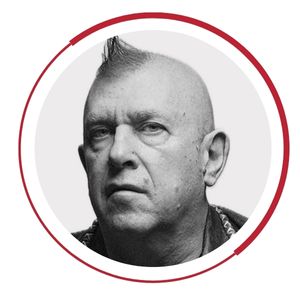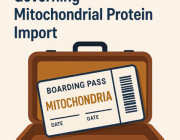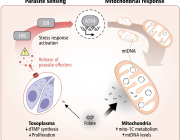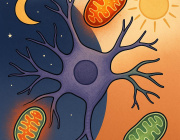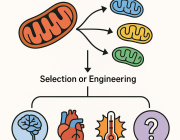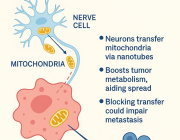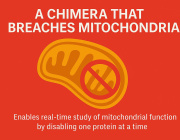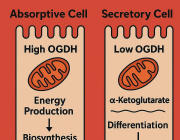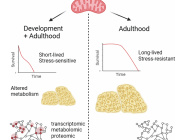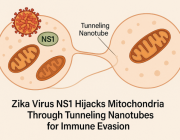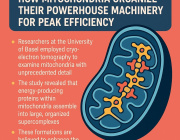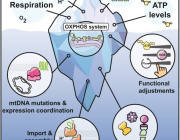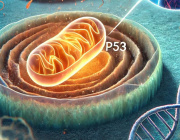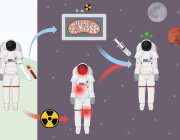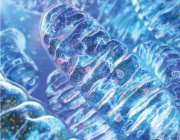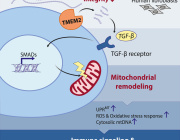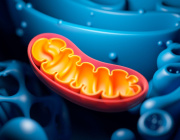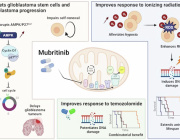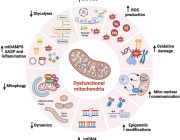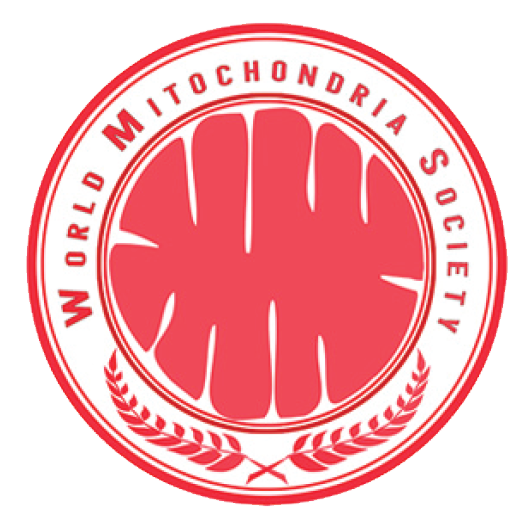Stem cells overcome damage in other cells by exporting mitochondria
 The scientific committee invited Dr. Anurag Agrawa to present his excellent work.
The scientific committee invited Dr. Anurag Agrawa to present his excellent work.
He identified a protein that increases the transfer of mitochondria from mesenchymal stem cells to lung cells. In work published in The EMBO Journal, the researchers reveal that the delivery of mitochondria to human lung cells can rejuvenate damaged cells.
The migration of mitochondria from stem cells to epithelial cells also helps to repair tissue damage and inflammation linked to asthma-like symptoms in mice.
"Our results show that the movement of mitochondria from stem cells to recipient cells is regulated by the protein Miro1 and is part of a well-directed process," remarked Anurag Agrawal, Professor at the CSIR-Institute of Genomics and Integrative Biology in Delhi, India, and one of the lead authors of the study. "The introduction of mitochondria into damaged cells has beneficial effects on the health of cells and, in the long term, we believe that mesenchymal stem cells could even be engineered to create more effective therapies for lung disease in humans."
Earlier work revealed that mitochondria can be transferred between cells through tunneling nanotubes, thread-like structures formed from the plasma membranes of cells that bridge between different types of cells. Stem cells can also use tunneling nanotubes to transfer mitochondria to neighboring cells and the number of these nanotubes increases under conditions of stress.
In the study, the protein Miro1 was shown to regulate the transfer of mitochondria from mesenchymal stem cells to epithelial cells. Stem cells that were engineered to have higher amounts of Miro1 were able to transfer mitochondria more efficiently and were therapeutically more effective when tested in mouse models of airway injury and asthma, compared to untreated cells.
"We hope to determine how this pathway might translate into better stem cell therapies for human disease," added Agrawal.
Dr. Anurag Agrawa will present his strategic studies during targeting Mitochondria 2014








